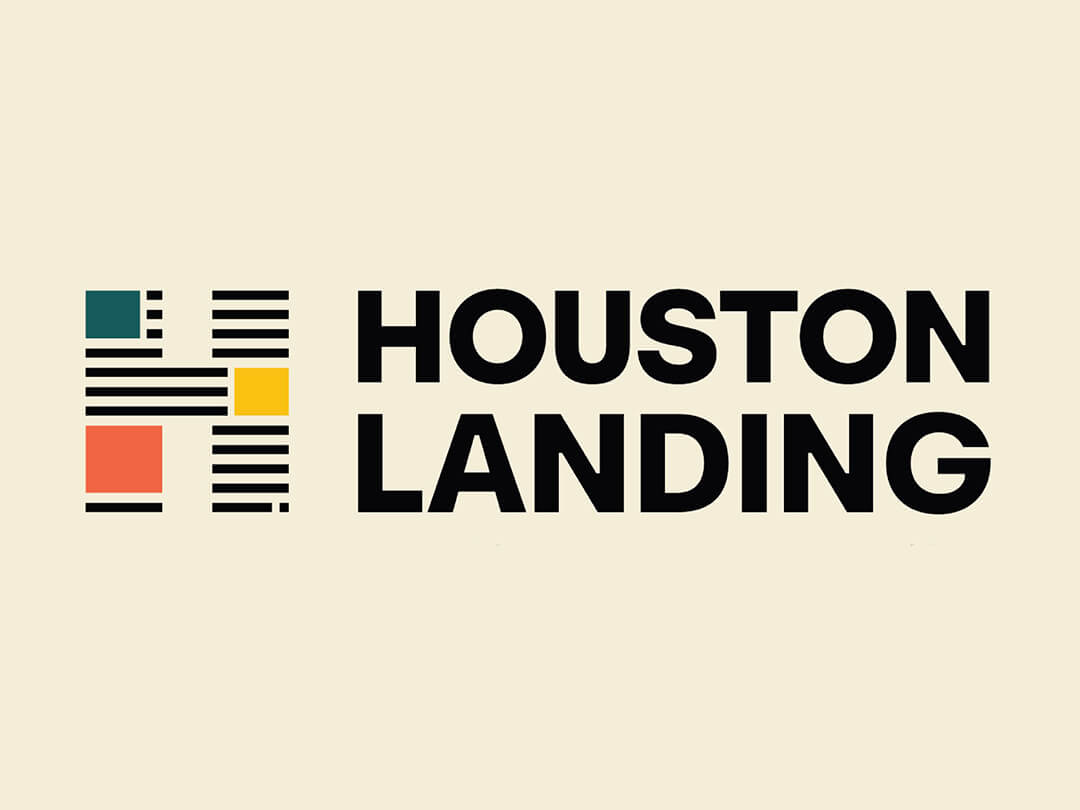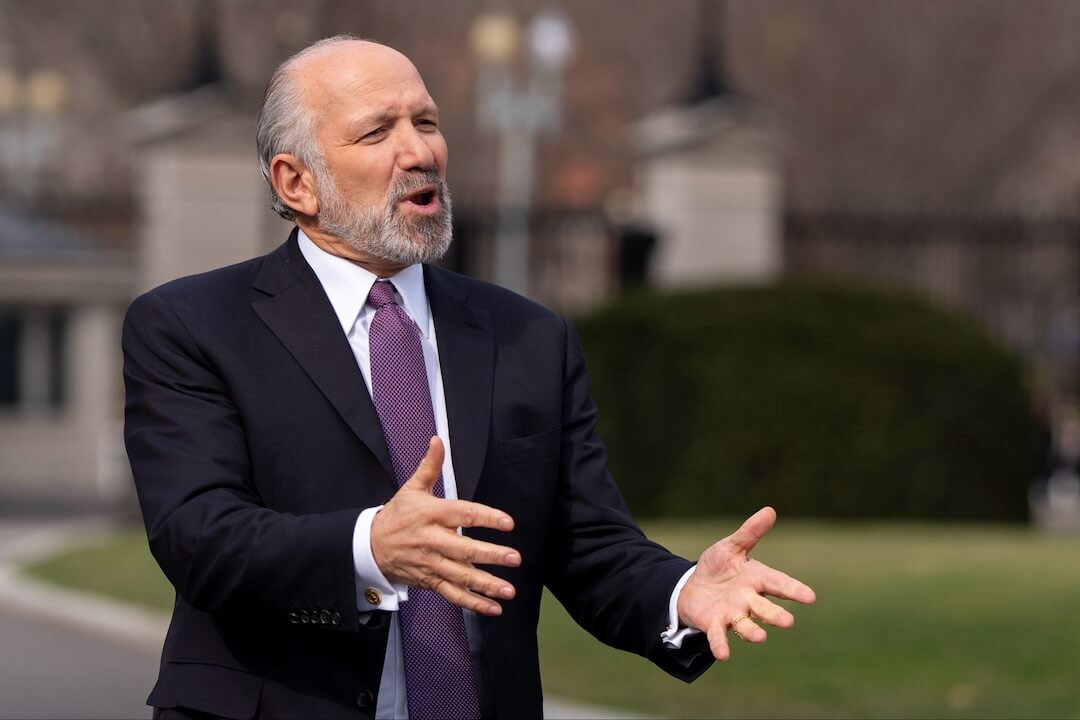
The Morning Meeting with Al Tompkins is a daily Poynter briefing of story ideas worth considering and other timely context for journalists, written by senior faculty Al Tompkins. Sign up here to have it delivered to your inbox every weekday morning.
Chicago drivers sit in traffic for 155 hours a year, the latest INRIX global traffic scorecard shows. That is nearly a full month of work hours. MSN summarizes the report:
- Chicago-area drivers had the most hours wasted while sitting in congestion last year, with the average driver losing 155 hours to traffic — a jump of about 50 percent compared to 2021.
- Boston and San Diego saw delays per driver increase by about 70 percent in 2022.
- The tally of wasted time was up 89 percent in the Washington region, including Maryland and Virginia, soaring from 44 hours of delays in 2021 to 83 hours in 2022.
- In Seattle, Baltimore, Providence and Washington, average time stuck in traffic is down by one-third or more compared to before the pandemic, according to INRIX.
- Congestion delays in Chicago are up 7 percent, while Miami’s delays were up 30 percent. The company’s scorecard ranked 295 U.S. urban areas largely on the average delays faced by drivers, with slight adjustments based on population. Delays remained below their pre-covid levels in 179 of the areas, and they exceeded them in 116, according to INRIX, noting that smaller and less-congested cities have tended to see their old delays come back.
I would be careful to point out that comparing 2022 to immediately previous years might not be appropriate since 2021 and 2020 were pandemic years in which traffic picked up gradually in the mornings and evenings without the rush-hour peaks that we saw before the pandemic and are beginning to see again.
Here is a sampling of some of the cities with the most hours lost to traffic jams. Notice that the hours are higher compared to pandemic years, but go back to 2019 and in many cases, hours lost dropped.
The survey found that trips to downtown areas are down. The study says:
Throughout the pandemic, metro areas around the world experienced significant drops in trips to and from city centers as workers shifted to telecommuting and hybrid schedules. In addition, other businesses, dependent on office workers heading into downtown, often adjusted schedules or reduced their goods or services due to fewer customers. Between 2021 and 2022, however, most downtowns saw increases in both vehicle volumes and travel times, though most downtowns still sit below pre-COVID norms.
INRIX describes itself this way:
Founded in 2004, INRIX pioneered the practice of managing traffic by analyzing data not just from road sensors, but also from vehicles. This breakthrough approach enabled INRIX to become one of the leading providers of data and insight into how people move around the world.
There are other such traffic research companies, and you can check with your local and state departments of transportation, which might have their own data, sometimes based on traffic cameras and stoplights that can give micro-local details. Cities and towns of all sizes have such studies. Then ask how your local authorities are thinking about working on those congestion spots given the federal road construction funds pouring into state coffers.
More than a third of Americans say journalists’ honesty and ethical practices are ‘low’ or ‘very low’
Every year, Gallup asks Americans to rate various professions for ethics and honesty, and every year journalists rank somewhere barely higher than members of Congress, car salespeople and telemarketers.
Nurses, medical doctors and pharmacists remain at the top of the list — where they have been for a while. Emergency responders have been higher on the list in some previous years.
Here are some of Gallup’s insights behind the numbers:
- Members of the clergy were first measured by Gallup in 1977 and were frequently among the top-rated professions until 2002, amid a sexual abuse scandal in the Roman Catholic Church. While the clergy’s high/very high ethics ratings recovered to some degree in subsequent years, they fell to 50% in 2009 and have been declining since 2012 as Americans’ religious identification and church attendance have also fallen. The latest reading of 34% for members of the clergy is the lowest by two points.
- High school teachers’ latest high ethics rating of 53% is the lowest by seven points in periodic measurements since 2002, when that profession was added to the list. The two prior readings, in 2015 and 2018, were 60%.
- The police earned a 37% ethics rating when first measured in 1977, and they were consistently at or below 50% until 1999. Since then, their ratings have been at the majority level, except for two years — 2014 and the current reading. In 2014, amid concerns about racial bias among police officers, Americans’ rating of the profession fell to 48%. It rebounded in 2015 and remained in majority territory until the current 50% reading.
- Real estate agents (55%) and bankers (54%) garner majority-level “average” marks, while six other occupations receive average ratings from pluralities of Americans ranging from 42% to 50%. These include lawyers, accountants, business executives, clergy, judges and labor union leaders.
- The public is evenly divided in giving average versus low ratings to advertising practitioners and car salespeople, while far fewer offer high ratings of these professions.
It is no surprise that views on teachers, police officers, journalists and union leaders are widely different depending on the respondent’s political leanings. Democrats trust teachers, journalists and union leaders a lot more than Republicans. People who identify as Republican or independent are more likely to say police officers have higher standards for honesty and ethics. Both Democrats and Republicans respect the ethics and honesty of nurses.
I understand the trope about used car salespeople being untrustworthy, but does it really apply these days? I have had many conversations with auto salespeople in recent years and found them to be insightful, thoughtful and professional. Perhaps there is not as much old-school haggling and pressure as there once was since there is so much information available about vehicle prices and values. I bet auto salespeople really hate being bunched down there at the bottom of the list.
Samsung overtakes IBM as the top patent recipient in 2022
Since 1993, IBM has topped the list of U.S. patent grants. But last year, Samsung took the spot that may be more about prestige than anything else. Samsung landed more than 6,200 patents in 2022, and that was lower than the year before.
Axios says that since the pandemic began, the overall number of granted patents dropped, partly because the U.S. Patent Office has a backlog of 700,000 applications.
And it may interest you to know that no country comes close to the United States in overall patent grants, although China’s patents grew while U.S. patents slowed during the pandemic.
California inventors lead other states in landing patents by a wide margin.
Nearly every state has inventor groups through which you can find out more about people who are creating and patenting stuff all the time.

















